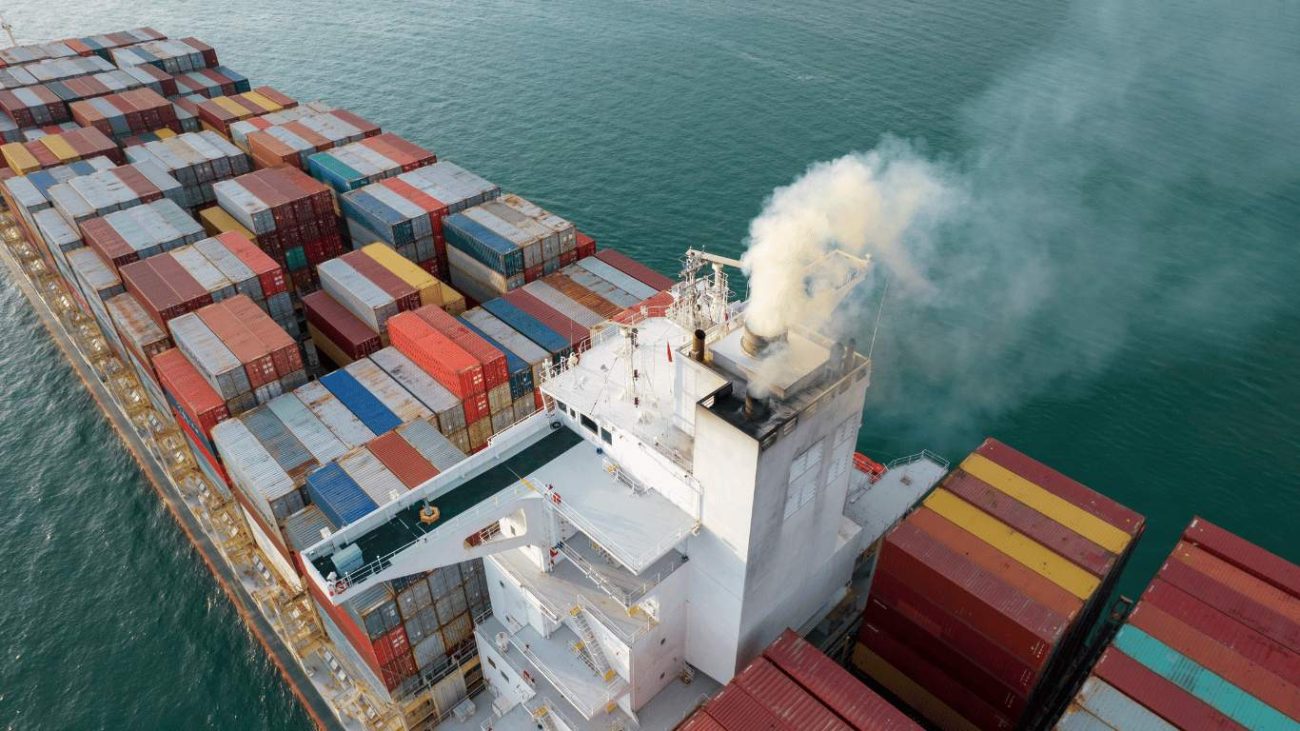Shipping costs can be a significant barrier for UAE-based firms trying to increase their global reach. Finding strategies to lower these costs might improve your profit margins and make your items more competitive in the global market. This composition examines 12 efficient ways for lowering shipping expenses from the UAE and streamlining your fulfillment process.
Understanding Shipping Costs
Before going into cost-cutting strategies, it’s critical to understand the elements that determine shipping costs from the UAE. These factors include:
- Package dimensions and weight: Dimensional weight (DIM weight) is commonly used by carriers to calculate shipping costs. This takes into account both the package’s size and actual weight. Optimizing your packaging to reduce wasted space can dramatically save costs.
- Destination: Shipping charges vary by destination country and distance from the UAE. Shipments to distant areas will undoubtedly cost extra.
- Shipping method: Different shipping methods have variable speeds and prices. Express solutions are speedier but more expensive, whereas slower ones, such as sea freight, are cheaper.
- Declared value: The amount you declare for your shipment influences insurance costs. Higher declared values result in higher insurance premiums.
12 Strategies to Reduce Shipping Costs From UAE
Here are 12 strategies to reduce shipping costs from UAE:
1. Optimize Your Packaging
- Use right-sized boxes: Avoid using boxes that are too large and leave a lot of vacant area. Consider investing in custom-designed packaging that will suit your products snugly. This can greatly reduce DIM weight and shipping expenses.
- Lightweight materials: Choose lightweight but durable packaging materials such as bubble wrap or biodegradable alternatives. Every gram saved is a cost savings, especially for air shipments where weight is a crucial cost element.
- Void filling: Use space-filling items such as packing peanuts or air pillows to prevent product movement within the box and reduce DIM weight. Experiment with several void-filling techniques to determine the most cost-effective approach for ensuring your products arrive safely.
2. Negotiate Rates with Carriers
Carriers frequently provide volume discounts to firms with big shipping quantities. Negotiate with reputable carriers such as Emirates Post, DHL, or FedEx to get shipping charges that are appropriate for your business needs. Gather information about your normal cargo volumes and destinations to improve your negotiation position. Building a strong relationship with a carrier through consistent high-volume shipments can also result in lower costs and possibly even priority service during peak shipping seasons.

3. Compare and Shop Around
Don’t settle for the first quote you get. Use online shipping marketplaces or freight forwarders to compare rates from multiple carriers. This enables you to choose the most cost-effective solution for your particular shipment. When making your pick, consider speed, reliability, and any other services provided by the carrier.
4. Utilize Consolidation Services
Consolidate several smaller shipments into one larger one. This can dramatically lower transportation expenses per product, particularly for overseas sales. Freight forwarders frequently provide consolidation services for a cost. By aggregating shipments, you can benefit from economies of scale and potentially negotiate even lower rates with carriers.
5. Explore Slower Shipping Methods
While express shipping provides speedier arrival timeframes, it comes at a charge. Consider offering slower but more cheaper shipping options, such as sea freight, for non-time-sensitive commodities. This might be an excellent approach to attract budget-conscious customers while also lowering your company’s shipping costs. To create client expectations, be upfront about the arrival periods associated with various shipping methods.
6. Implement Free Shipping Strategies
Free delivery can be a tremendous incentive for clients, but make sure you use it properly. Consider providing free shipping only for orders that reach a particular threshold, pushing customers to spend more to qualify. This can boost your average order value and possibly cover the shipping costs associated with free delivery promotions.
7. Utilize Fulfillment by Amazon (FBA)
If you sell on Amazon and want to reach overseas buyers, consider using their Fulfillment by Amazon (FBA) service. FBA keeps your products at Amazon warehouses throughout the world, allowing for faster and potentially cheaper deliveries to foreign clients. This can be a cost-effective alternative for organizations who sell high-volume products on Amazon.
8. Leverage Duty and Tax Advantages
Look into free trade agreements (FTAs) between the UAE and your target markets. These agreements may eliminate or cut import levies on your products, increasing their competitiveness and lowering the landing costs for your customers. Familiarize yourself with customs procedures in your target markets to avoid any unexpected fees or delays that could drive up prices.

9. Offer Pick-Up Options
Allow clients to pick up their orders at a specific location in the UAE. This can completely remove shipping charges for some consumers while potentially lowering your overall fulfillment costs. Consider collaborating with local retailers or pick-up stations to provide convenient pick-up options for your customers.
10. Automate Your Shipping Process
Manually processing shipments can be time consuming and error-prone. Invest in shipping software or connect your online store to a shipping platform. These systems can automate operations such as creating shipping labels, comparing pricing from several carriers, and producing customs forms. Automation can increase efficiency, eliminate errors that result in additional costs, and perhaps unlock cheaper rates through collaborations with shipping platforms.
11. Utilize Third-Party Logistics (3PL) Providers
Consider partnering with a 3PL provider, especially if you handle high order volumes or complex fulfillment requirements. 3PL providers offer warehousing, packaging, and shipping services. They can work their husbandry of scale and moxie to negotiate better shipping costs on your behalf. This can free up your coffers to concentrate on core business conditioning while potentially reducing your overall fulfillment costs.
Read also: Tips For Choosing a Best Brazilian Cooking Oil Supplier
12. Continuously Monitor and Analyze
Do not set your shipping cost reduction approach in stone. Monitor your shipping data on a regular basis, including cargo volume, destination nations, and delivery methods of choice. Analyze trends to find opportunities for future optimization. Consider seasonal changes in shipping prices and alter your plan accordingly. By regularly monitoring and analyzing your shipment data, you may uncover opportunities to optimize your fulfillment process and ensure you’re getting the best carrier costs.
Conclusion
By implementing these successful tactics, businesses in the UAE can drastically reduce shipping costs while increasing overall profitability. To recap, the most effective technique typically combines these tactics. Calculate your business requirements, target requests, and payload volumes to decide which techniques will have the greatest impact on your bottom line. You can ensure that your items reach customers all over the world without breaking the bank by optimizing your packaging, negotiating with carriers, and constantly monitoring your shipment data.



